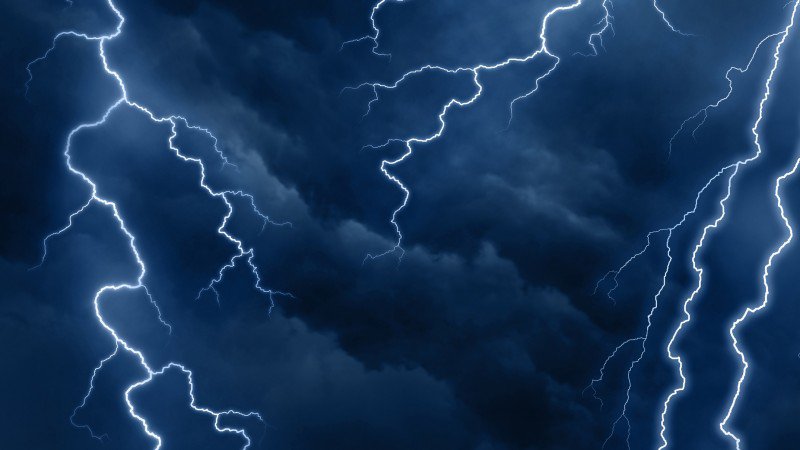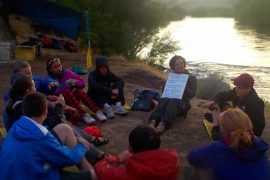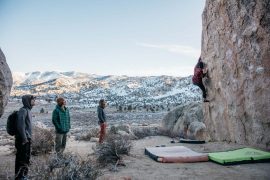
As Don MacGorman knows, some people fear the storm, while others chase it. For almost 40 years, MacGorman has been collecting unique data on lightning. Photo: Maxiphoto/iStock
I grew up in Fort Worth, Texas, where we had a lot of thunderstorms. I enjoyed watching the lightning. Later, at Rice University, one of the teams was using thunder to map lightning to learn where it was occurring in storms.
That’s what got me hooked.
A big part of our research is chasing storms. We attach instruments to balloons—pretty large balloons, roughly 30 feet long and seven feet wide. We fill them with helium. We don’t use hydrogen—lightning is all around, and we’d just as soon not have an explosion.
Watching a storm from any distance is a thrill because of the power involved and the spectacle of the winds and lightning. It’s a thrill, it’s awe-inspiring, it’s beautiful. As you approach the storm, it’s all of those things. There’s also respect. Storms are hazardous. They produce tornadoes, large hail, and lightning, which is what we’re trying to understand. We’re like hunters. The storm is our prey, and we’re trying to capture it with our balloon.

The excitement begins when we get close. We have a great view. It’s like watching fireworks right in front of you. We have rain gear, but we do get…





